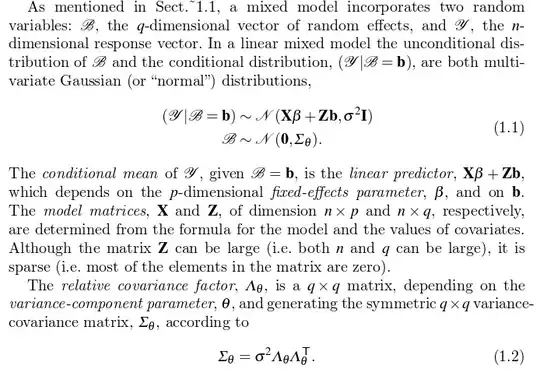Suppose I have a Cramér-von Mises $p = 0.99$ and Chi-squared $p = 0.88$ of a distribution being Student's-$t$. What can I say?
What can I say about the underlying distribution's being a Student's-$t$ type? (BTW, $n=412$) That is that it
- a) may be
- b) is likely to be
- c) is very likely
- d) very likely to be under Cramér-von Mises assumptions and not unlikely under Chi-squared?
In other words, can I say something more than "Student's-$t$ cannot be ruled out." Somehow, that latter doesn't satisfy, and if I had a result of $p = 0.99$ from flipping coins for some hypothesis, I would not be asking. What spoils the broth is that the high probabilities for some of these tests likely are not as well characterized as the low ends. For example, I know from experience that it is hard to get really high probabilities from a Chi-squared test. Anyone looked at this?
Now that I think about it, a bit more, I think that the correct method of quantifying how useful a distribution is would be to render it into an error image and calculate what the noise and image misregistration are between the theoretical distribution and estimated distribution. The result would then be image misregistration as measured in the error units and noise in those same units, and the noise should then agree with that amount predicted stochastically. Still, and even though I voted for the answer I got, I am not entirely satisfied by it. If I get $p_1>p_2$ for two models and the same test, I am not sure that means nothing. For example, see link